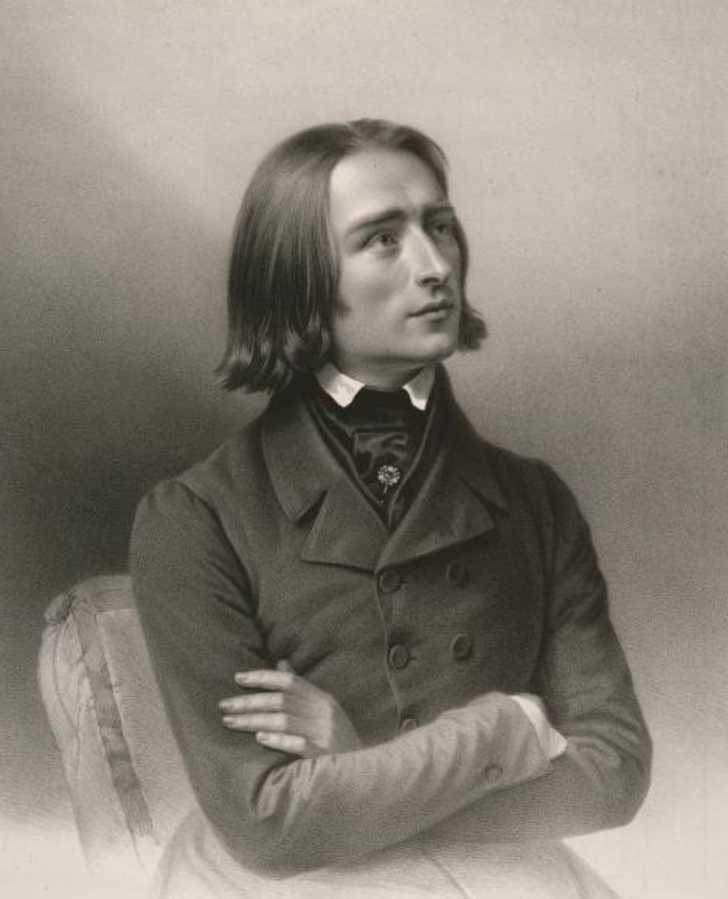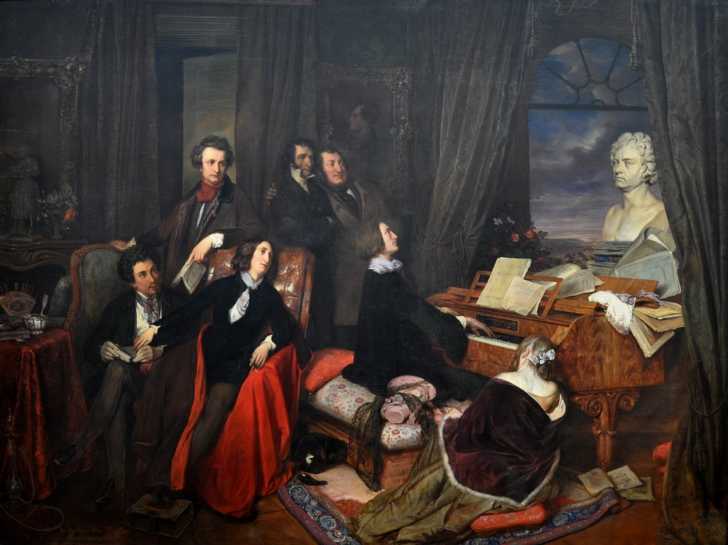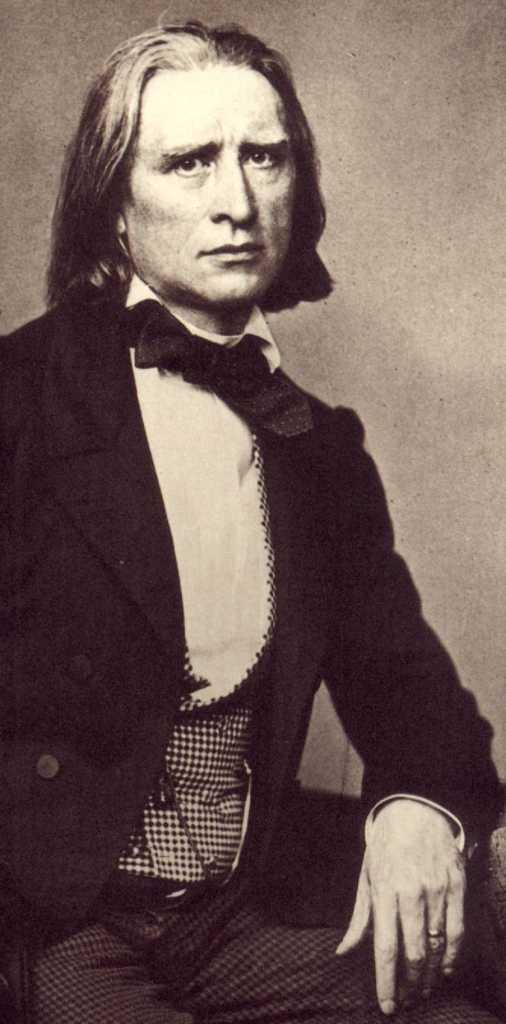Before Elvis or the Beatles Women Went Wild for a Certain Classical Composer
They threw propriety out the door when they saw him.
Franz Liszt is known today as one of the great composers of the 19th century and is one of the few Hungarian musicians of the era to rise to international fame. With no recordings and stiff class divides, going to expensive (and exclusive) concerts held in great halls was often the only time that anyone would hear a high caliber of music. Despite being in formal settings, when women in particular heard and saw Liszt they tended to swoon and become a bit hysterical. More than a century before Elvis or the Beatles, people went crazy over Liszt in a way that was extremely uncommon at the time in reserved Europe.

Liszt was born in 1811 to a musician father who was personally acquainted with renowned composers Franz Hyden, Johann Hummel, and Ludwig van Beethoven. Having been instructed by his father Liszt was composing his own symphonies even before he hit puberty. The Liszt family moved from Hungary to Paris, with the young Franz giving concerts all along the way. Liszt was known not only for his own compositions, but for being able to perform the entire known catalog of piano compositions up to his present day. Imagine being both the best cover artist and original composer of the era!
Not only was he gifted at both playing and composing, he was also known for the huge number of concerts he was able to give and for the flair he exhibited while tickling the ivories.

Caricatures of Liszt from the era show him sprawled out over the piano or standing practically on top of it in what we can only imagine was an enthralling show. Keep in mind this was more than 100 years before Liberace or Little Richard wowed audiences with their exuberant piano playing.
At the time displays like these were unheard of and his passion for performing difficult pieces with great showmanship whipped audiences into a frenzy. During the 1840s Liszt gave more than 1,000 concerts which meant his name was all over Europe. He played at the largest concert halls of the most cosmopolitan cities of France, Germany, Russia, England, and many others besides.

Liszt was known for his complicated piano compositions, which drew listeners in and added to his fanbase. But, one of the biggest factors in the growing lust for Liszt was his looks. His angled jawline and long hair, which he flailed around as he played intently, left people in a tizzy. Women in particular were prone to fits of screaming, crying, and even fainting when he played.
According to Liszt biographer, Dr. Oliver Hilmes, female fans of Liszt temporarily lost their minds when the composer was around. Hilmes wrote, “There were women who forgot everything, including their family’s good name and their refined upbringing, to be close to their god. One eyewitness recalled that ‘on one occasion a woman snatched up a half-smoked cigar that Liszt had cast aside and in spite of repeatedly retching she continued to smoke it with feigned delight’.”

It was even said that ladies of high standing in courts of Europe would fight each other over a glass Liszt had used or a handkerchief he had dropped. Like the stars of today, Liszt mingled with the best and the brightest. Liszt was involved with Marie de Flavigny, countess d’Agoult, with whom he had 4 children, and later he was attached to famed “spider dance” performer, Lola Montez, as well as the German princess, Carolyne Sayn-Wittgenstein.
Even into his older years Liszt maintained his fame, though he transitioned to solely composing instead of performing. Some music historians have speculated that had Liszt been alive today he would undoubtedly have shot to the highest ranks of stardom just as he did in the 19th century.
SKM: below-content placeholderWhizzco for DOT

